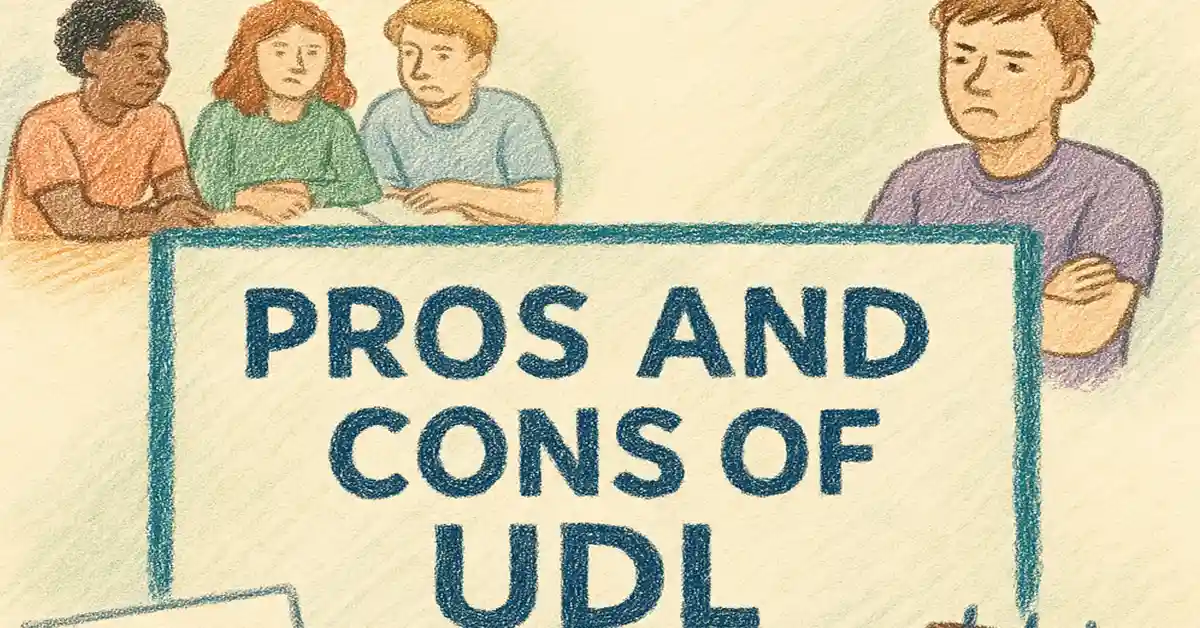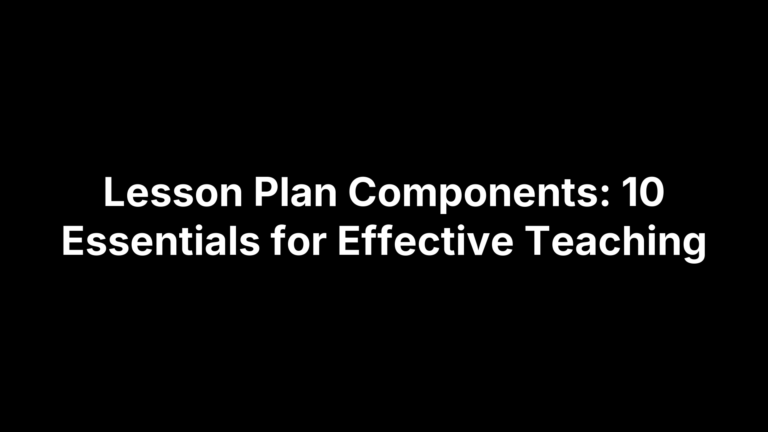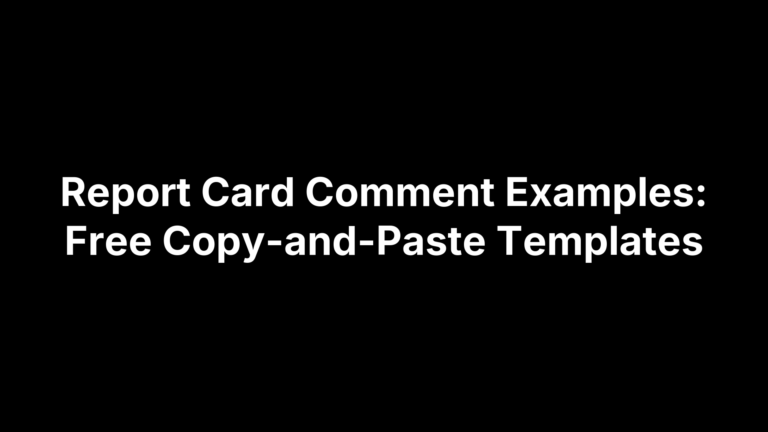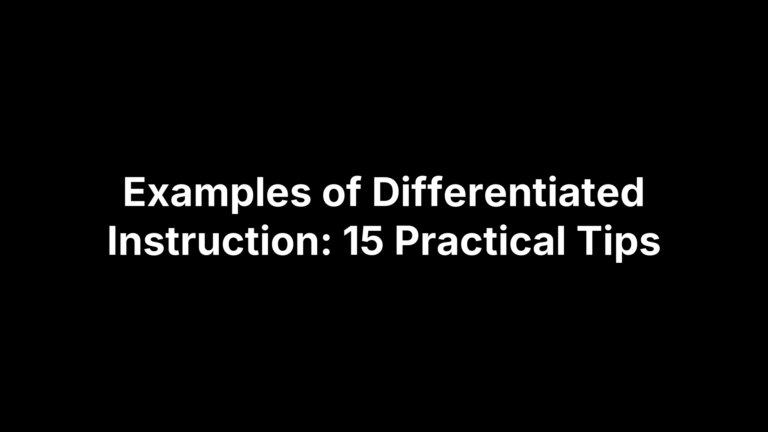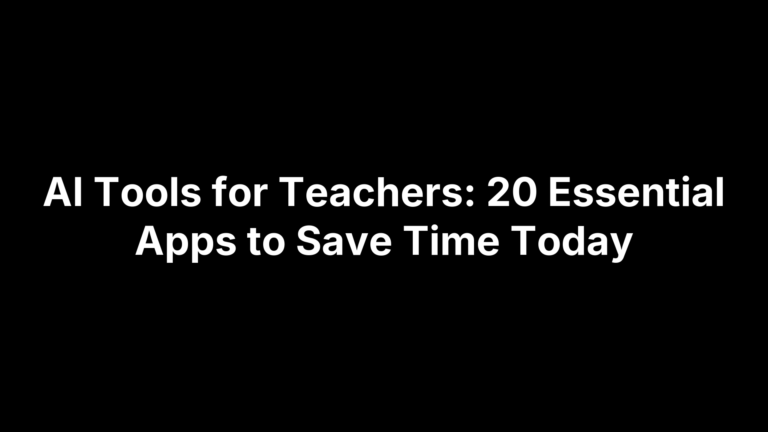The Pros and Cons of UDL in Today’s Classrooms
Universal Design for Learning (UDL) has been widely praised for its inclusive, flexible approach to education. By offering multiple means of engagement, representation, and expression, UDL aims to support all learners in a way that traditional teaching methods often don’t. While the intent behind UDL is commendable and there are several benefits, it’s also important to explore the growing number of criticisms that have emerged as educators try to implement it in real classrooms.
The Pros of UDL
1. Embraces Student Diversity
UDL encourages teachers to recognize and accommodate the diverse ways students learn. This helps create an inclusive environment where students with learning differences, language barriers, or physical challenges can participate fully.

2. Promotes Engagement and Autonomy
By giving students choices in how they engage with content and demonstrate their understanding, UDL promotes ownership of learning. Students often feel more motivated when they’re able to select the formats and topics that resonate with them.
3. Encourages Flexible Teaching Practices
UDL pushes educators to think beyond one-size-fits-all instruction. By proactively planning for variability, teachers are encouraged to be more creative and adaptive in their methods.
4. Aligns with Modern Education Trends
With a growing emphasis on differentiated instruction, tech integration, and personalized learning, UDL fits neatly into the broader goals of 21st-century education.
For more about integrating UDL in the classroom, click here.

The Cons of UDL
1. Excessive Group Work Can Alienate Students
One common UDL strategy is the frequent use of group work. While collaboration can be beneficial, a significant number of students find constant group activities frustrating. Introverted students or those who prefer independent work may feel drained or overlooked. Group dynamics can also be problematic—some students dominate, others disengage, and grading equitably becomes difficult.
2. Doesn’t Always Ensure Full Curriculum Coverage
Another concern is that in offering so many different ways to access and demonstrate knowledge, UDL may allow students to avoid critical elements of the curriculum. A student might show creativity or passion in one area while bypassing foundational skills in another. This creates assessment gaps that are hard to track and remedy.
3. Ignores Research-Backed Learning Techniques
One of the more serious criticisms is that UDL overlooks key findings from cognitive science. Research consistently shows that spaced repetition and low-stakes testing are among the most effective ways to help students retain knowledge long-term. UDL’s emphasis on self-expression and flexibility can push traditional testing and practice to the sidelines, depriving students of these proven tools.
4. Implementation Can Be Overwhelming
Teachers often report that implementing UDL can feel like juggling too many balls. Planning multiple pathways for engagement and expression is time-consuming and may require extensive technological support and professional development. Without the right tools and time, UDL can lead to burnout rather than better teaching.
5. Assessment Becomes Complicated
With so many different methods of demonstrating learning, creating fair and consistent assessments is a serious challenge. How do you compare a student’s video presentation with another’s written essay or artistic project? Rubrics can help, but even the best rubrics leave room for subjective interpretation.
Final Thoughts
UDL has its strengths. It reminds educators that students are not all the same—and that flexibility and inclusivity matter. But like any framework, it’s not without flaws. For UDL to reach its potential, it must be implemented alongside proven learning techniques like retrieval practice and spaced repetition. Educators should also have the freedom to incorporate more structured learning experiences where necessary. Balancing innovation with cognitive science and curriculum rigor is key to making UDL work for everyone.
To explore the benefits of traditional teaching methods, click here.

